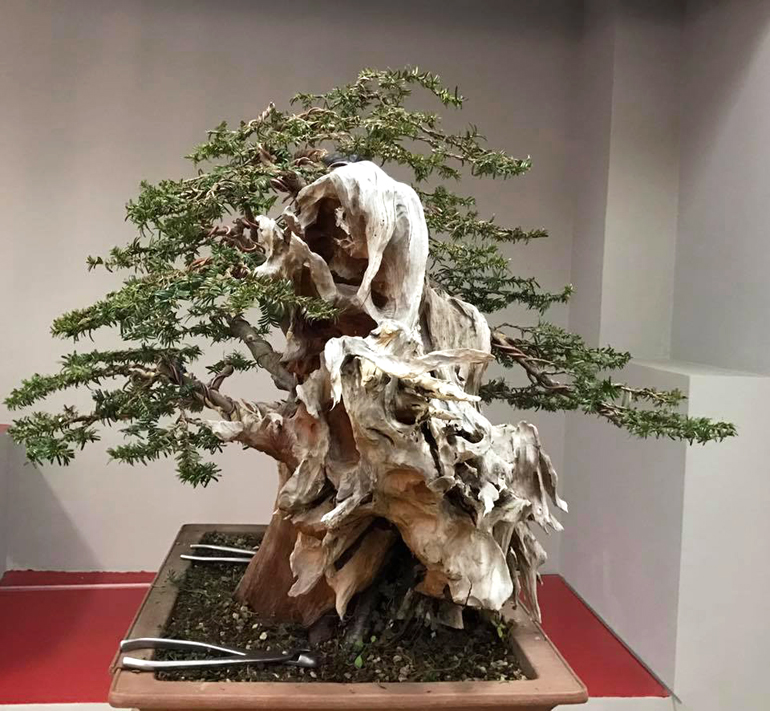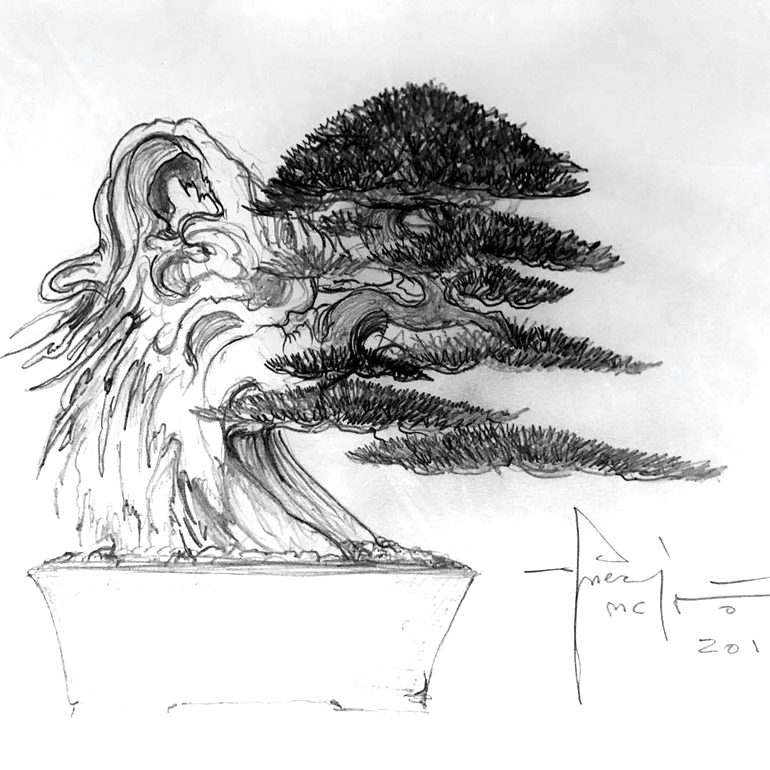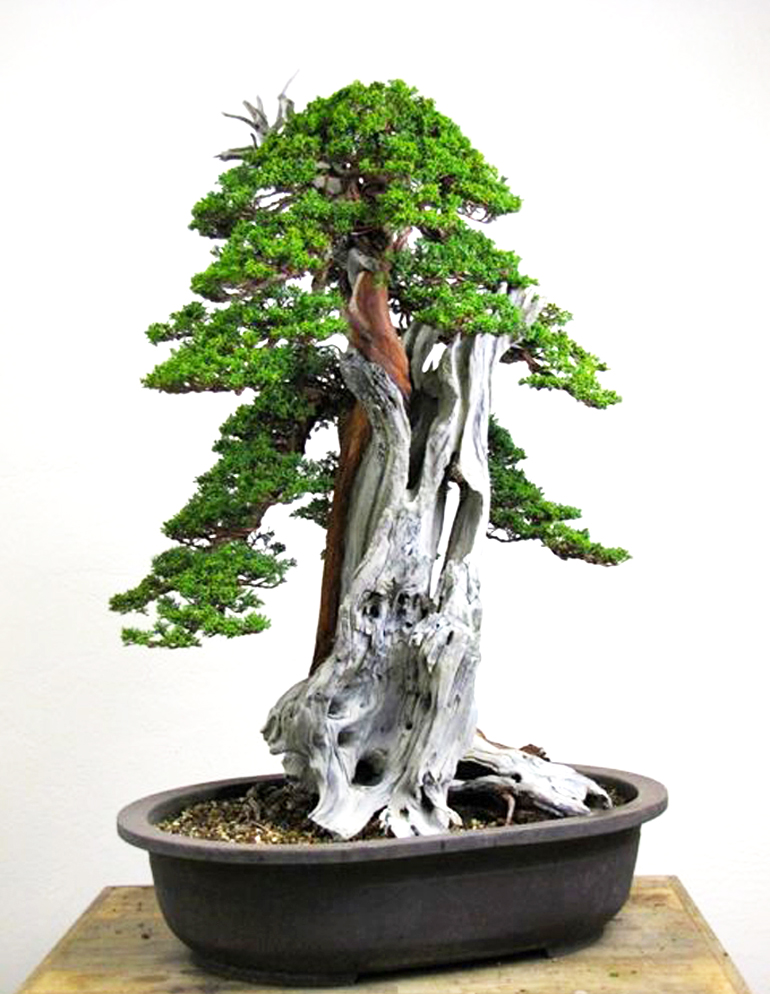 Kishu shimpaku grafted onto a Seirra juniper, recently reworked by Peter Tea. Speaking of, Peter seems to have dropped off the map. His last post was April, 2014. I haven't heard or seen a thing from him since.
Kishu shimpaku grafted onto a Seirra juniper, recently reworked by Peter Tea. Speaking of, Peter seems to have dropped off the map. His last post was April, 2014. I haven't heard or seen a thing from him since.
Tis the season for old posts. This one is from June, 2014.
The other day (this was written in 2014) I happened upon a unique and worthy bonsai blog called Yenling Bonsai that belongs to Jeremiah Lee. In the course of familiarizing myself with Jeremiah’s handiwork I came across this October 2012 interview with Peter Tea.
Continued below…
Before we get to the interview, just a word about Peter Tea. Peter is a promising bonsai apprentice/artist and good writer too. We’ve featured Peter many times here on Bark and we always recommend that you visit Peter’s blog yourself. It’s a journey worth taking.
Meanwhile, we won’t publish the whole 28 Questions here. Just enough to peak your interest and prompt you to pay a visit to Yenling Bonsai. We’ll put Jeremiah in italics and Peter in plain text:
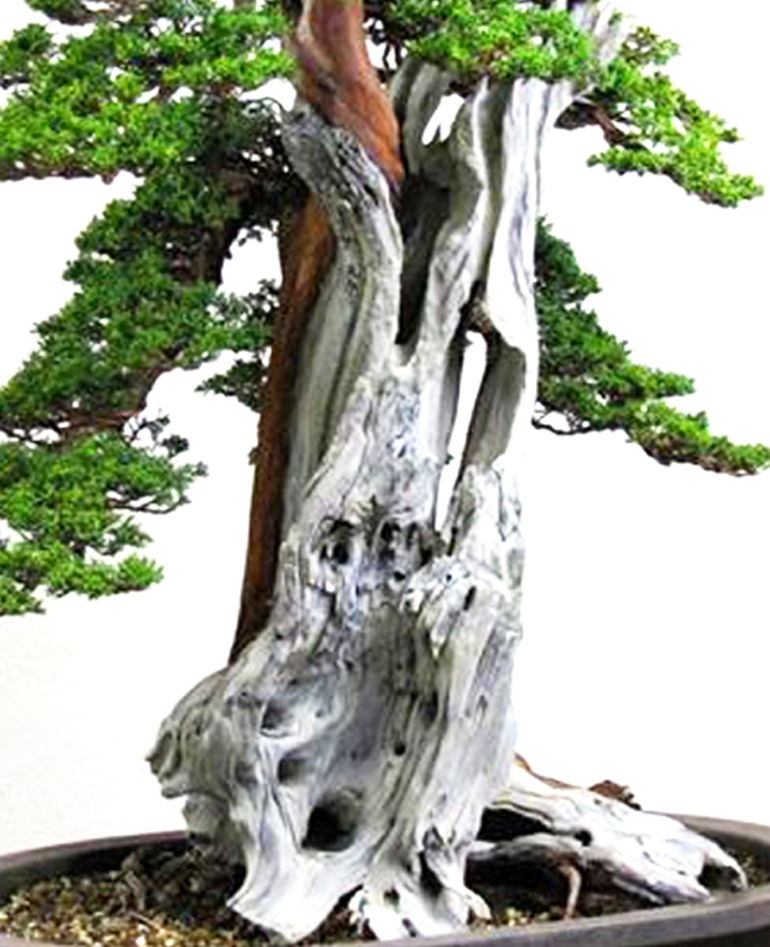
Shari close up...
Continued below…
We just added a couple dozen more items to our
This make about 125 items at low prices
you won’t find anywhere else

Jeremia Lee: I recently caught up with Peter and was able to ask him several more questions I had and he was kind enough to answer. I thought I would share these, so here are the 28 questions and answers below. Thank you Mr. Tea!
1. What do you think you will learn or focus on in 2013 as opposed to what you’ve learned and focused on in 2012?
Peter Tea: 2012 was a overload of new Bonsai information for me. It reinforced what I’ve learned in the past, yet also got me to rethink my approach and philosophy in Bonsai. For 2013, I plan to continue honing the skills I’ve learned in the past, and be more focused on more varieties and better recognizing the little things that make each species used in Bonsai interesting and unique.
2. What do you think Bonsai in the US will be like 20 years from now?
A. The US is such a large country and Bonsai levels vary greatly. I see a huge leap in quality and enthusiasm as I’m continuing my apprenticeship today. There are young and talented bonsai professionals hitting the bonsai scene and I can only see a up swing in Bonsai and a new higher standard in American Bonsai.
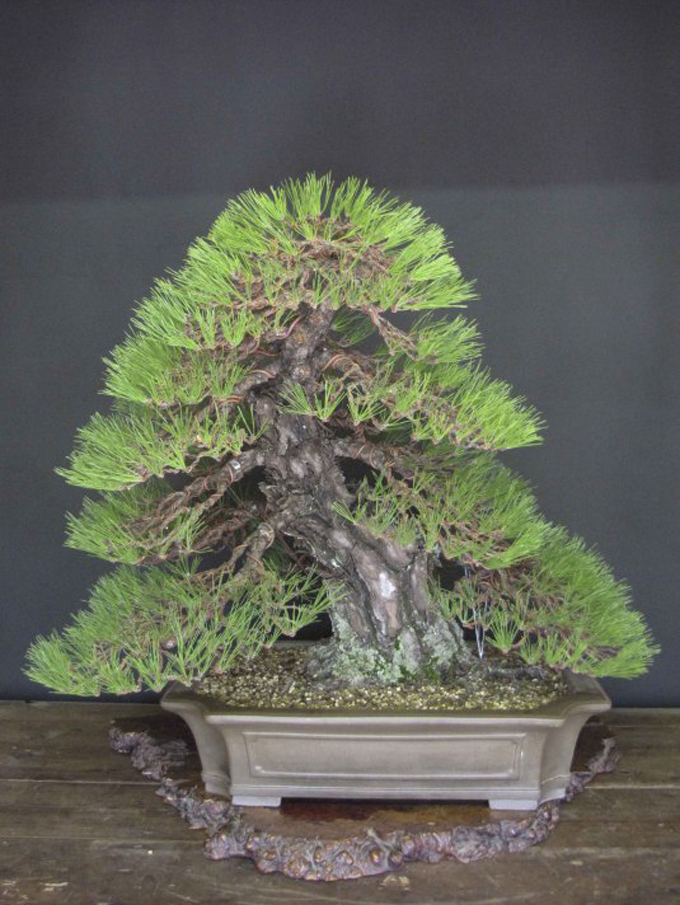 This photo appeared here on Bark back in 2011. Here's the caption: An old Black pine at Aichi-en bonsai nursery, after Peter Tea worked on it for three days.
This photo appeared here on Bark back in 2011. Here's the caption: An old Black pine at Aichi-en bonsai nursery, after Peter Tea worked on it for three days.
Continued below…
3. Name 1 or 2 non bonsai related lessons Mr. Tanaka has taught you during your apprenticeship?
A. It’s okay to have fun too.
…..
8. If Akadama ran out in the US. What mixes would you start experimenting with?
A. Akadama is an interesting soil because it evolves with the root system. At first, it holds only so much water, then as the tree grows more roots and the akadama starts to break down, it holds even more water for all the new roots. I’m not sure what other types of material I can find that will do similar things other then firing some clay myself. If I couldn’t come up with a substitute, I would probably use porous type stones in the mix only such as lava, pumice, etc.
……
12. If any, what types of US natives would you like to work with or experiment with?
A. We are fortunate in the United States with all the great native species to choose from. I like the native junipers and pines, but what I would really love to experiment with are Coast live Oaks and Valley Oaks. Done well, they have such a good feeling to them.
……
16. What’s the best way for people in the US to obtain top notch material?
A. I believe that learning from a skilled and qualified professional will help us all in first recognizing what good material is. Then at that point, it’s a matter of growing, collecting or importing trees. Personally I think growing and collecting are the best way to get nice material. Importing works for me as well but is much more limited with all the restrictions.
……
26. What type of liquid fertilizer if any is used at Aichien and how often is it applied?
A. We don’t use liquid fertilizer at Aichien. We use ground up rapeseed and put them in tea bags. We apply them to different trees during different times of the year.
Visit Yenling Bonsai for the entire interview.
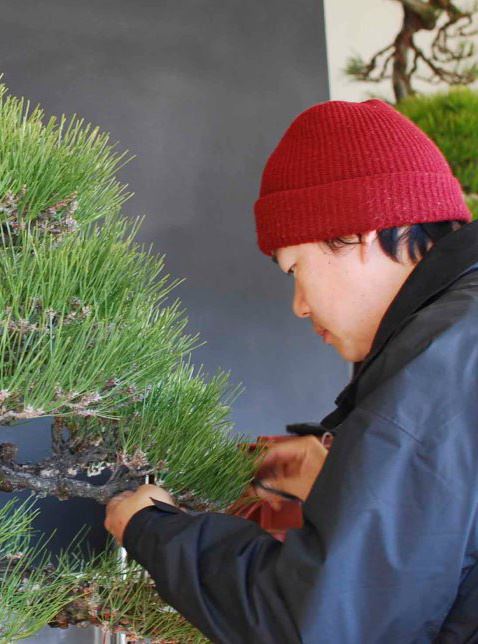 This photo of Peter working on a Black pine at Aichi-en appears with the interview on Yenling Bonsai.
This photo of Peter working on a Black pine at Aichi-en appears with the interview on Yenling Bonsai.
Don’t Worry!
There’s Still Plenty of Time
We are shipping the same business day
on orders received by 1-2pm EST
and the next business day or orders received later in the day
great selection & great prices
Only if you select Free Shipping when you check out
**For Domestic Orders our software defaults to ground shipping…
if you qualify for Free Shipping you must select it
The same goes for Accelerated Shipping
*Site Wide Sale does not include our amazing Green T Turntable
or Gnarly Branches, Ancient Trees a beautiful bonsai book
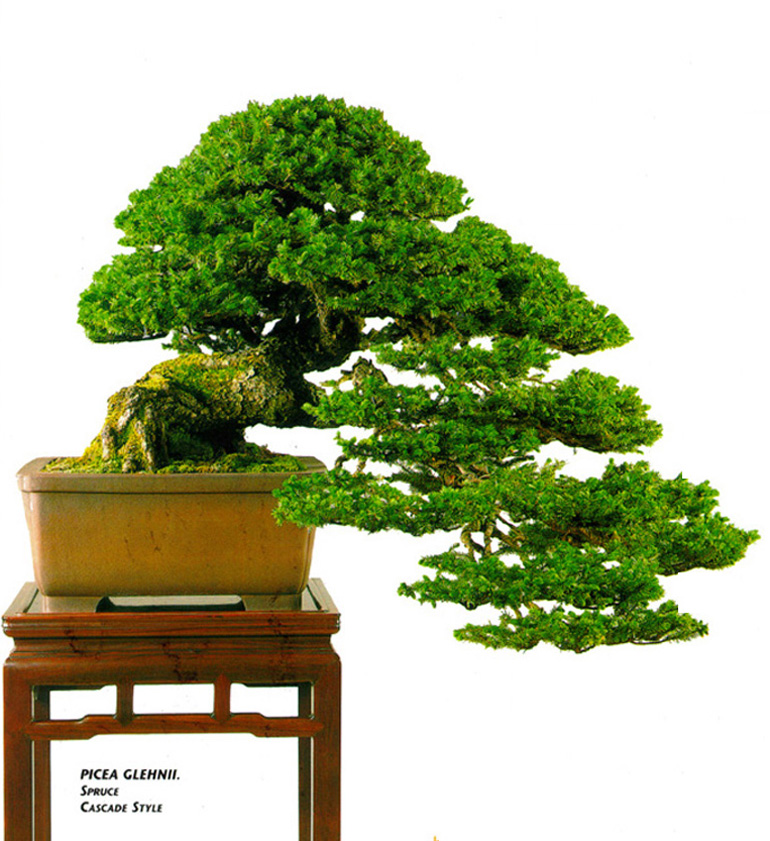
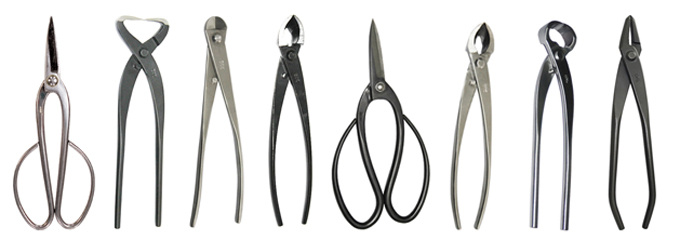 FREE Shipping on U.S. orders 50.00+
FREE Shipping on U.S. orders 50.00+This Ezo spruce belongs to Walter Pall. Walter sometimes refers to this natural looking untouched-by-human-hands style as ‘naturalistic bonsai,’ though if you go to Walter’s Bonsai Adventures blog, you’ll see just how touched-by-human-hands it actually was. And just how accomplished Walter is at turning pedestrian bonsai into naturalistic gems.

This photo shows the result of another radical Ezo transformation by Walter Pall. If you look at what Walter started with, you’ll see what I mean.
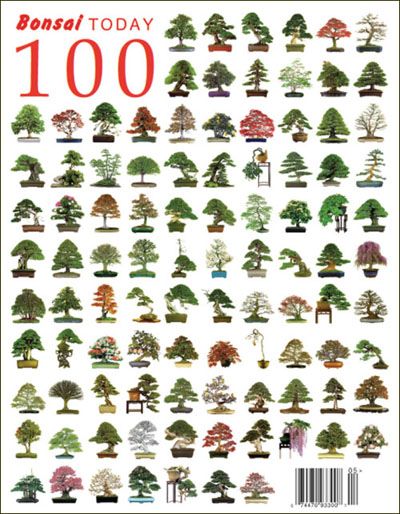 30% off 1-9 issues – 40% off 10+
30% off 1-9 issues – 40% off 10+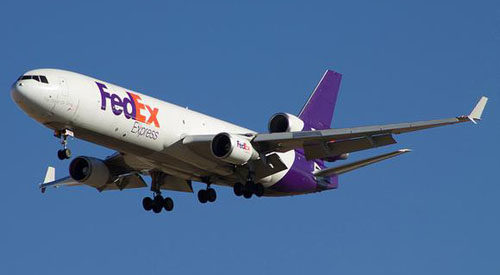
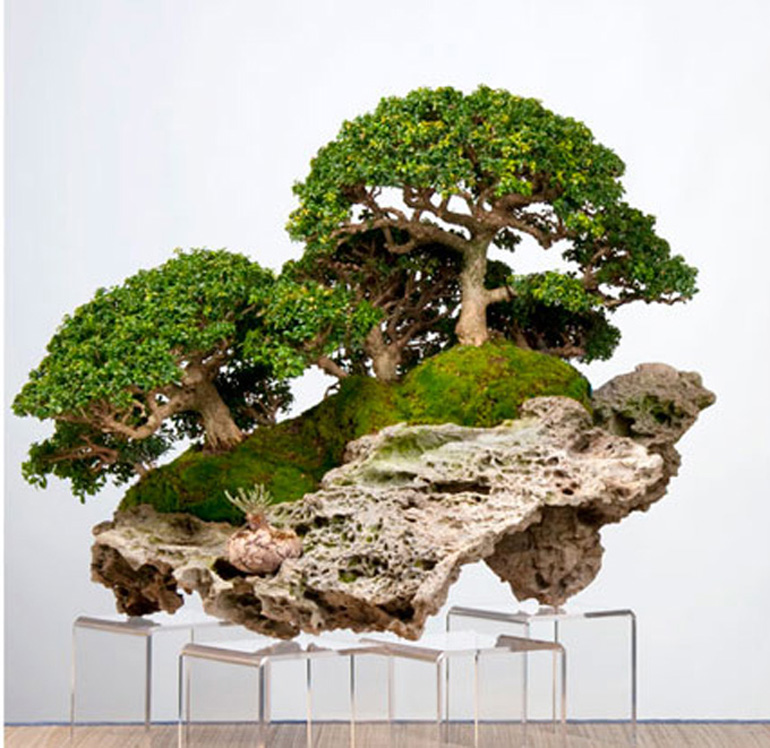 You can tell this is a genuine Dwarf Kingsville boxwood by the tight tiny leaves. This planting by
You can tell this is a genuine Dwarf Kingsville boxwood by the tight tiny leaves. This planting by 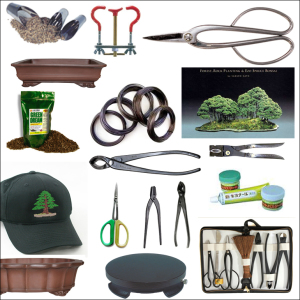
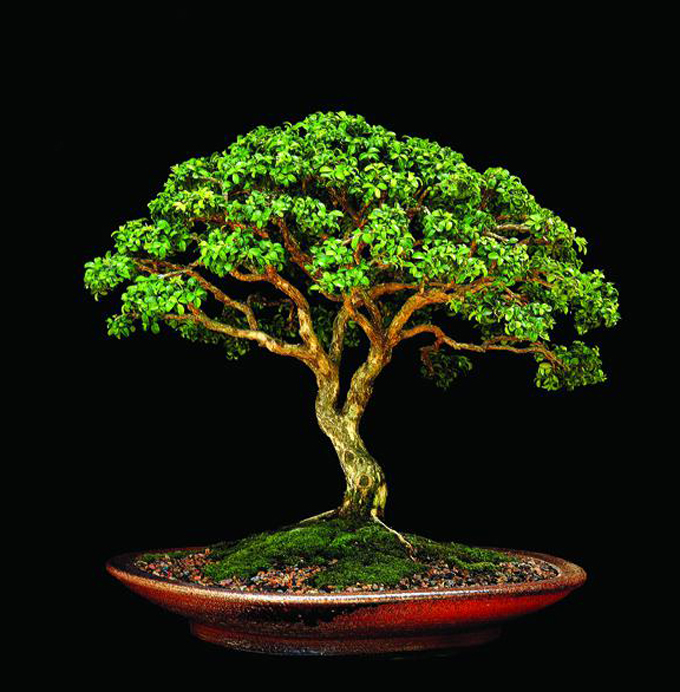 A great pot and the finishing touches that the moss and soil present, don’t hurt this sweet little bonsai at all. This photo originally appeared on the cover of
A great pot and the finishing touches that the moss and soil present, don’t hurt this sweet little bonsai at all. This photo originally appeared on the cover of 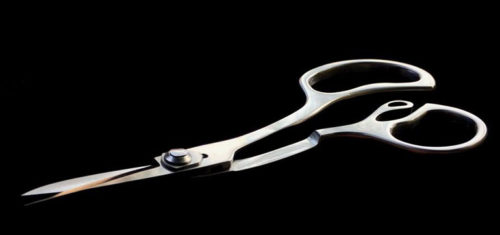
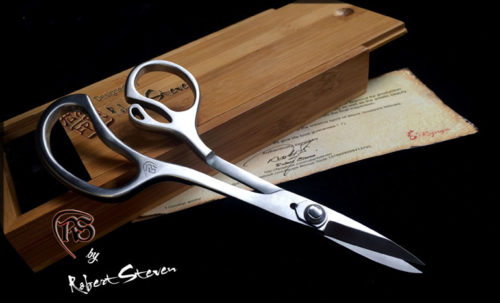

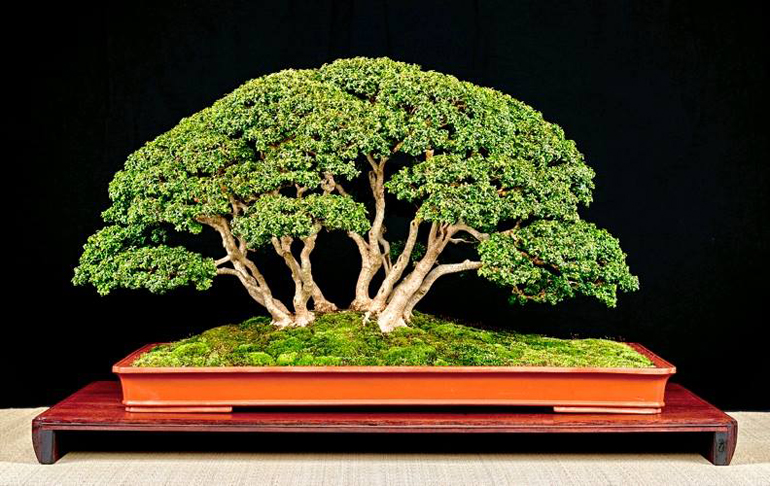
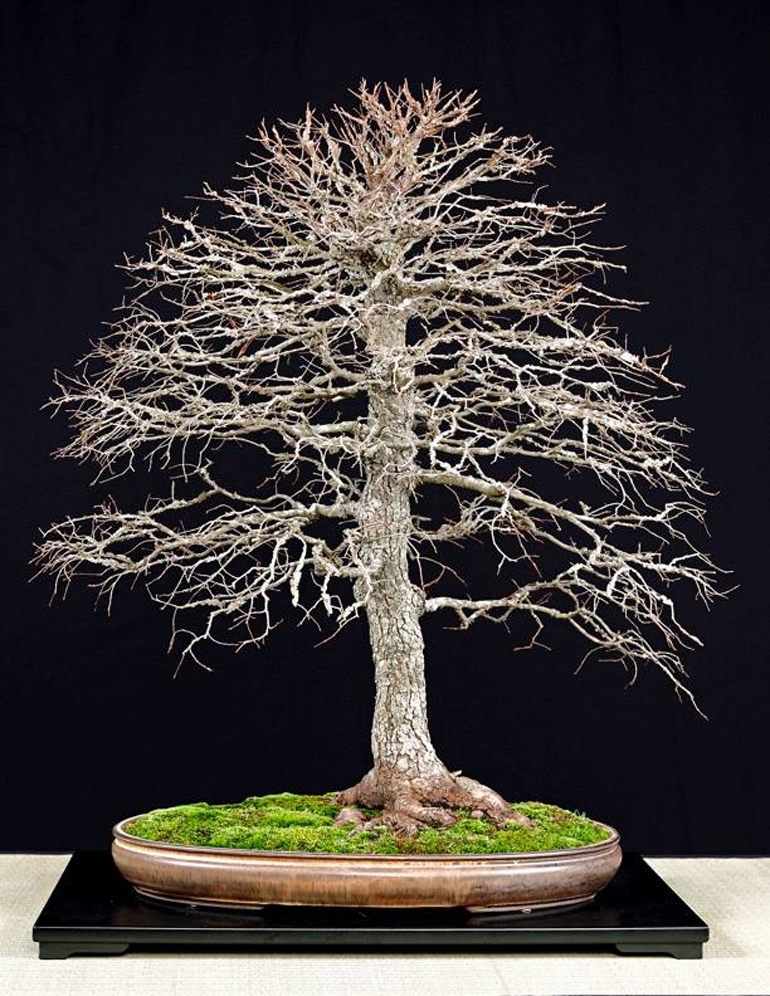
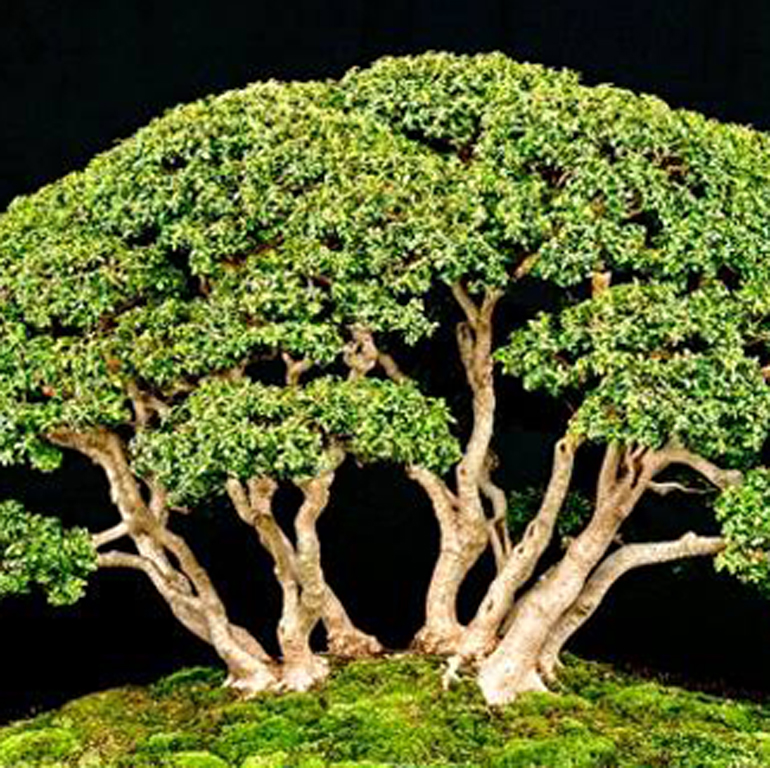
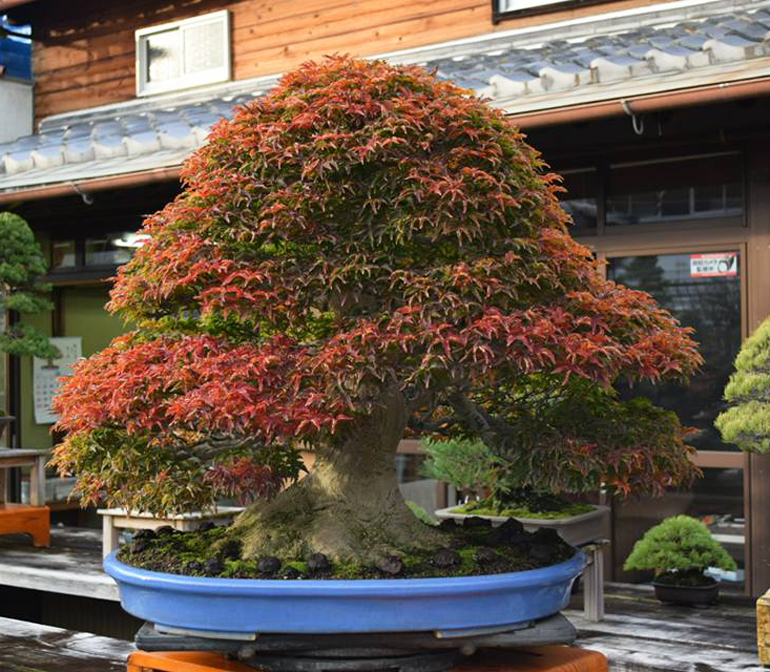
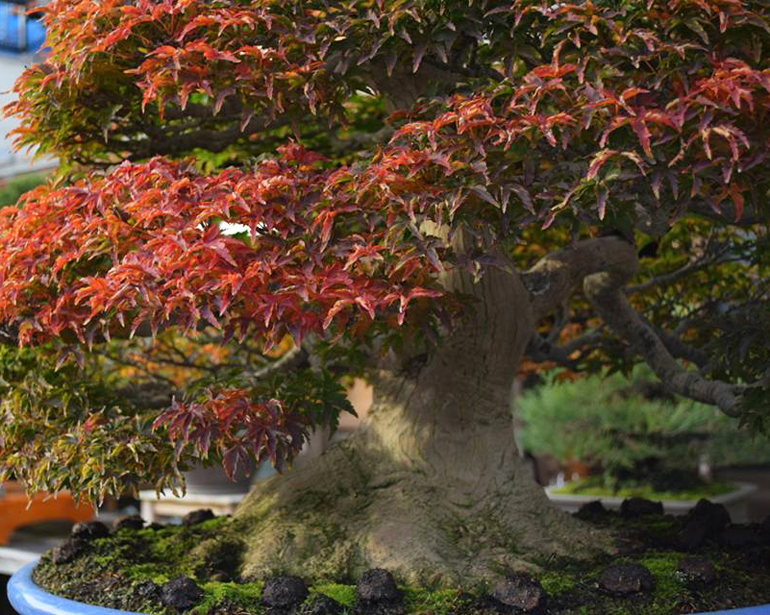
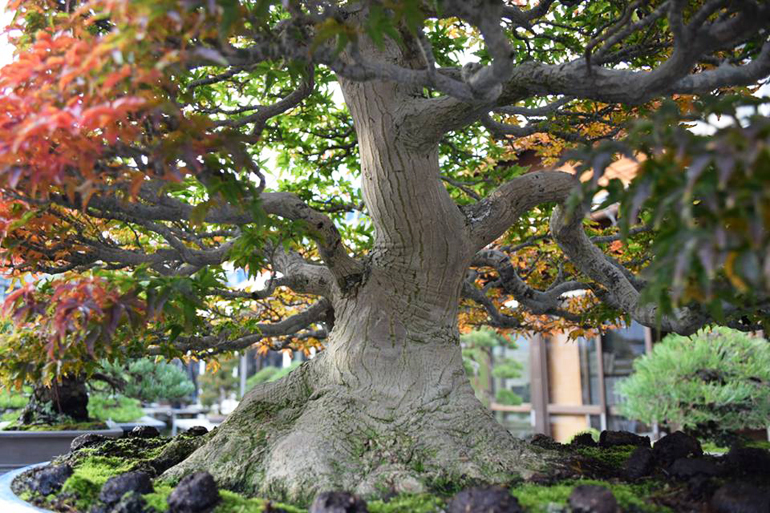

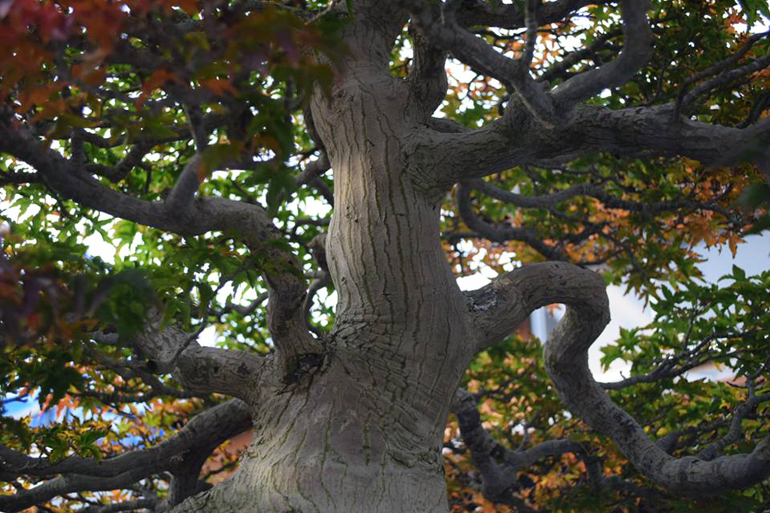
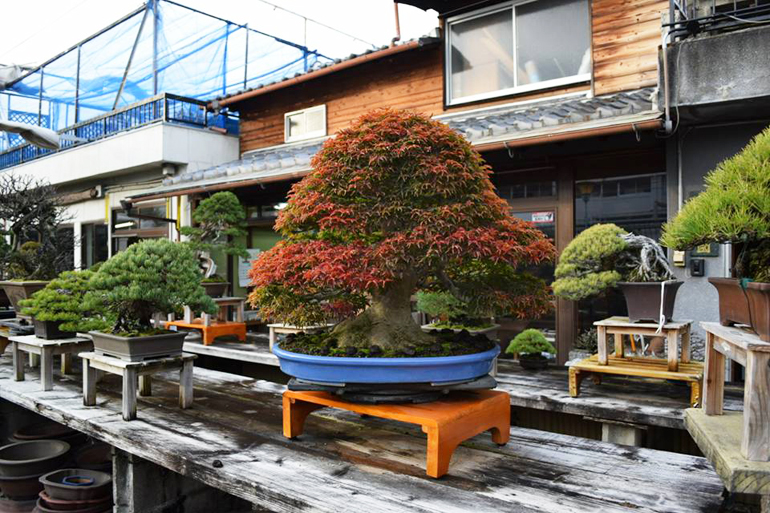
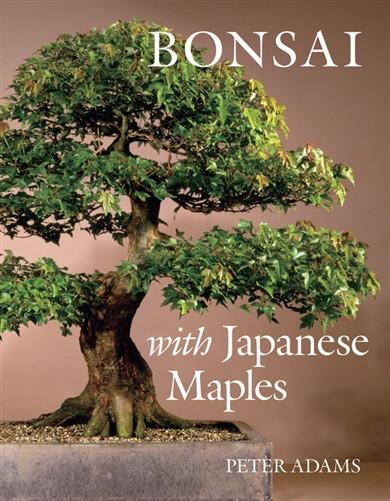 list price 34.95
list price 34.95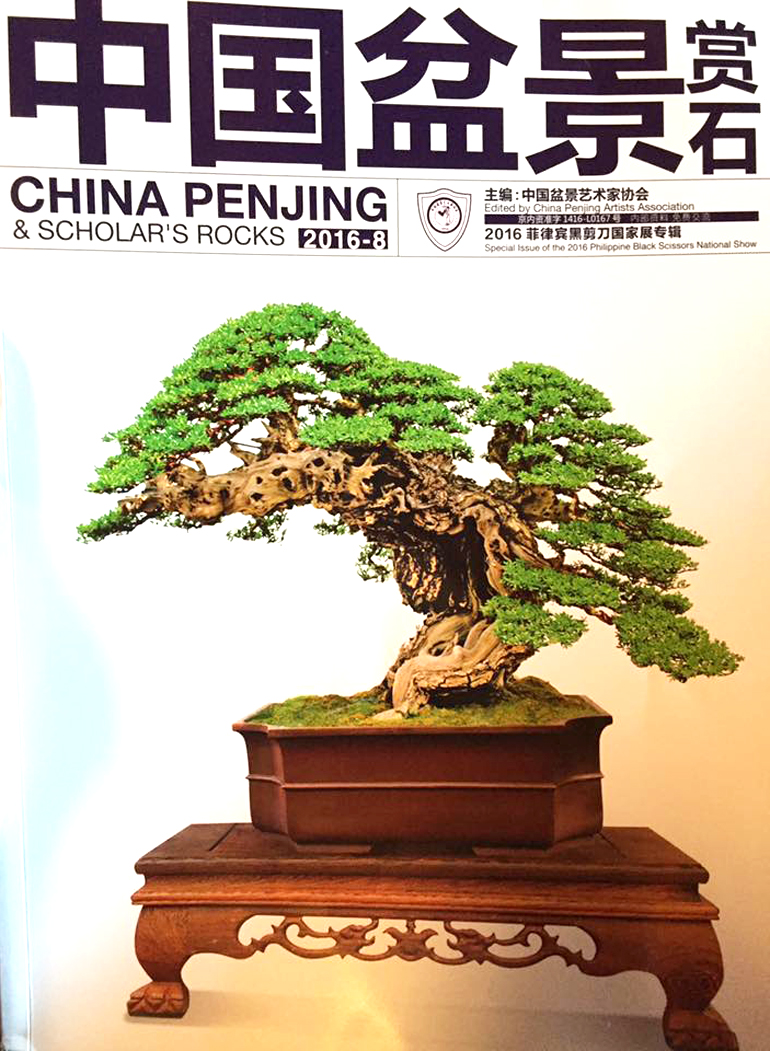
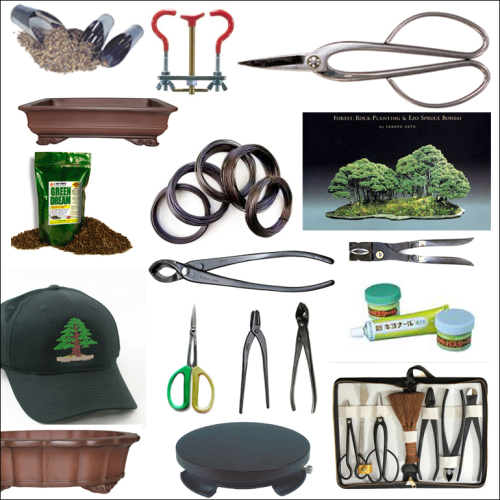
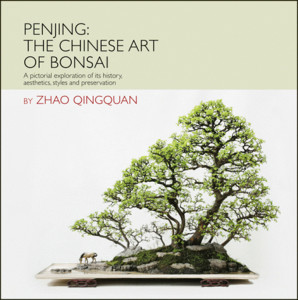 This is a very good book
This is a very good book Kishu shimpaku grafted onto a Seirra juniper, recently reworked by Peter Tea. Speaking of, Peter seems to have dropped off the map.
Kishu shimpaku grafted onto a Seirra juniper, recently reworked by Peter Tea. Speaking of, Peter seems to have dropped off the map. 



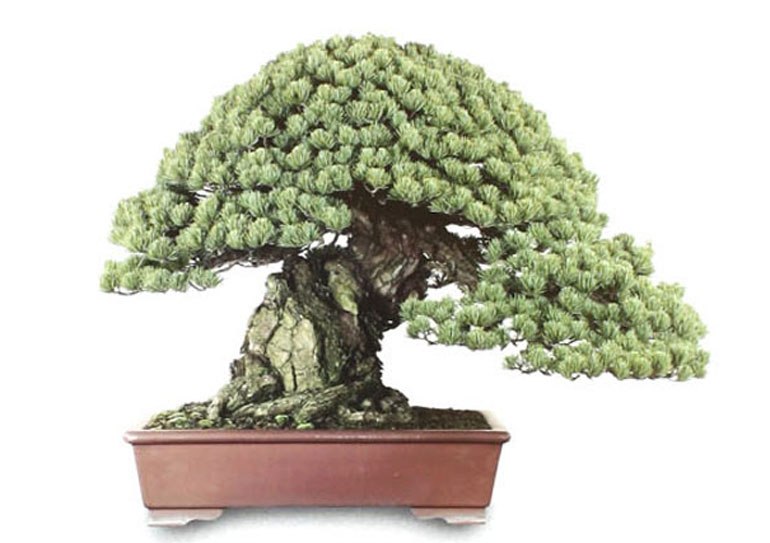

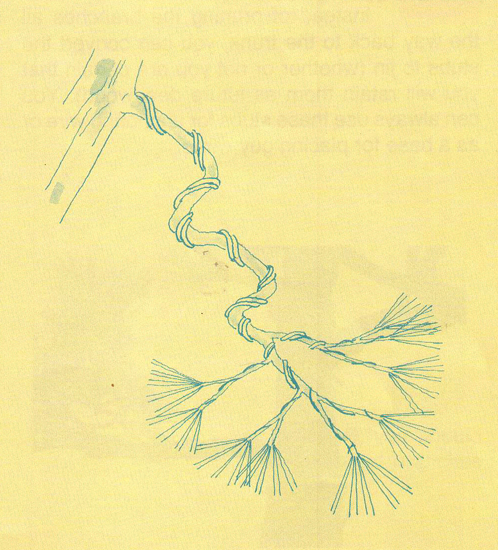
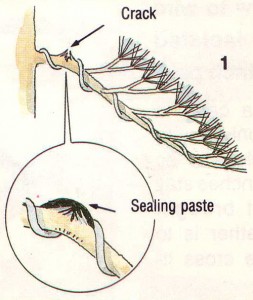 Crack! Branches sometimes crack. In fact, experienced bonsai artists sometimes intentionally crack a branch in order to bend it more than it normally would. Either way, you need to stabilized it while it heals (see below). You also need to apply
Crack! Branches sometimes crack. In fact, experienced bonsai artists sometimes intentionally crack a branch in order to bend it more than it normally would. Either way, you need to stabilized it while it heals (see below). You also need to apply 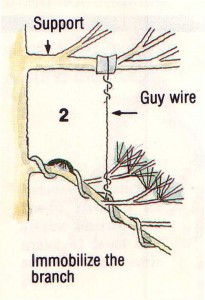 Keep it still. You can use a guy
Keep it still. You can use a guy 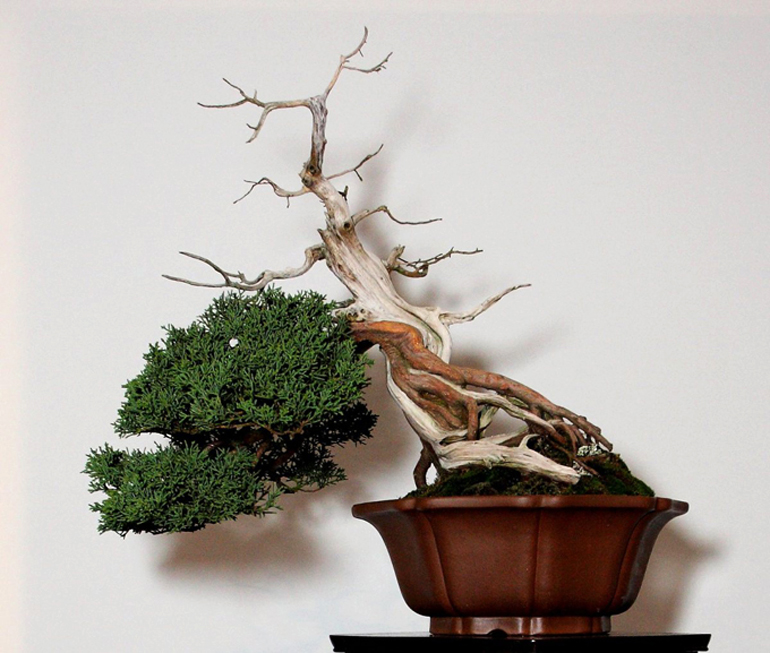
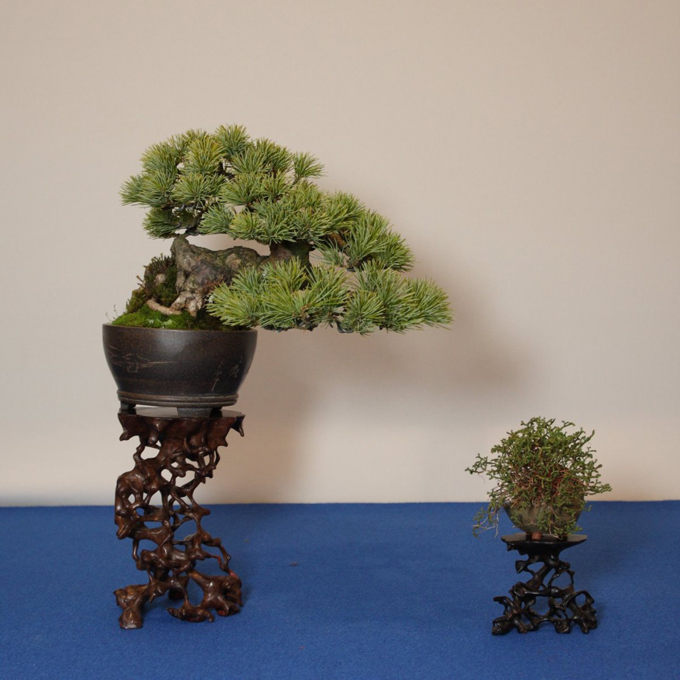
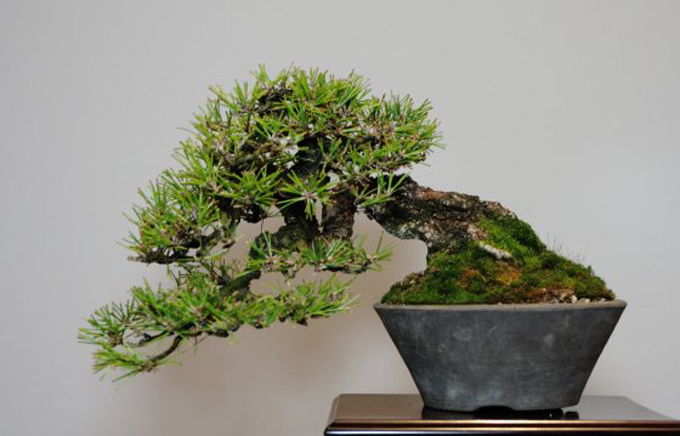
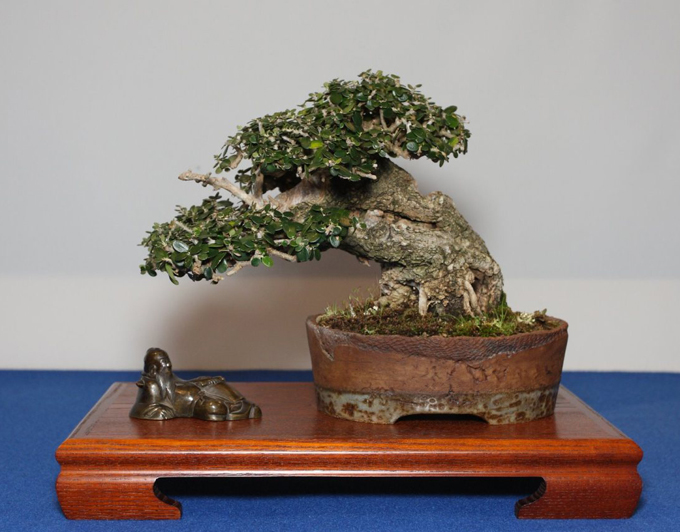
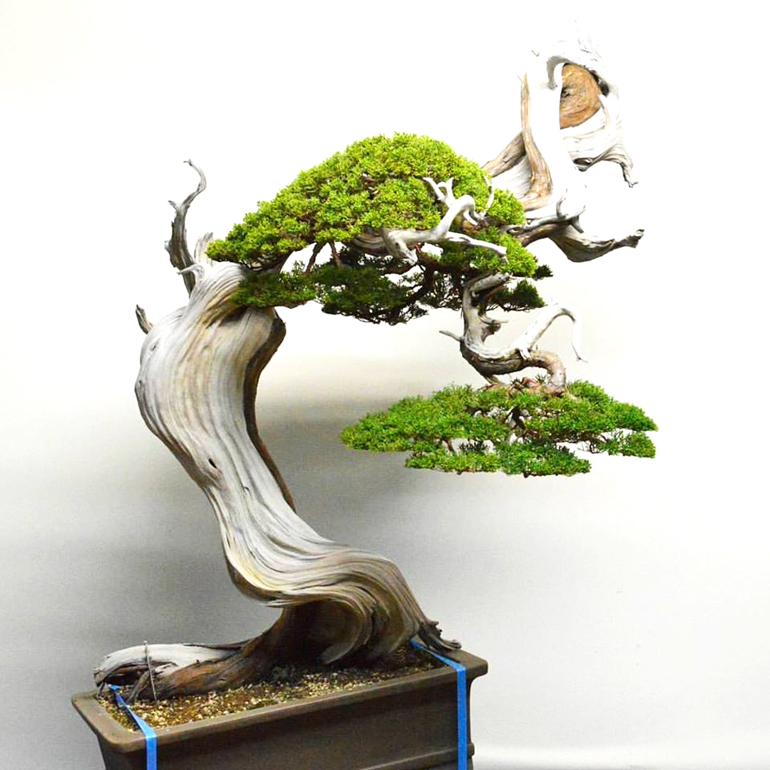
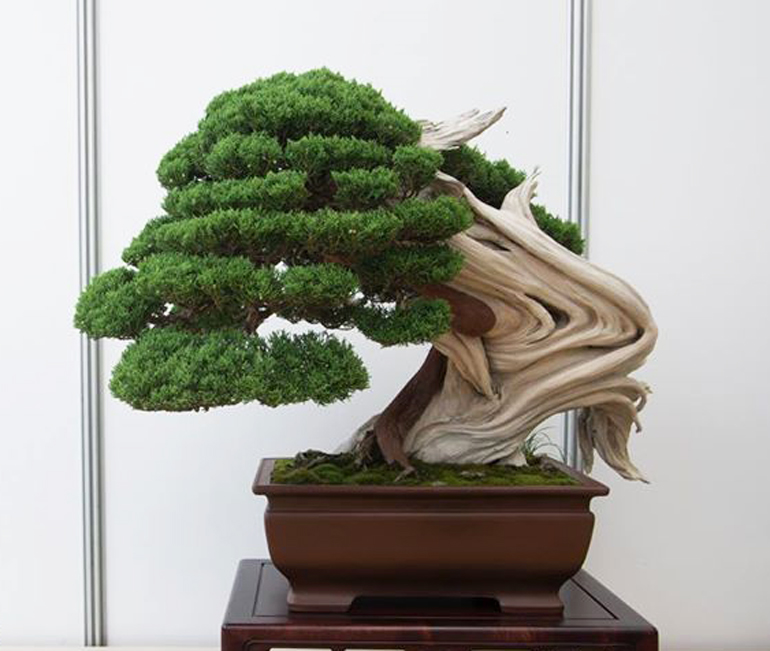 Power, movement and texture. This astounding Itoigawa shimpaku juniper (Juniperus chinensis Itoigawa) received an Honorable Mention at the 2015 Crespi Bonsai Cup which was held at the Crespi Bonsai Museum. It belongs to Gino Costa.
Power, movement and texture. This astounding Itoigawa shimpaku juniper (Juniperus chinensis Itoigawa) received an Honorable Mention at the 2015 Crespi Bonsai Cup which was held at the Crespi Bonsai Museum. It belongs to Gino Costa.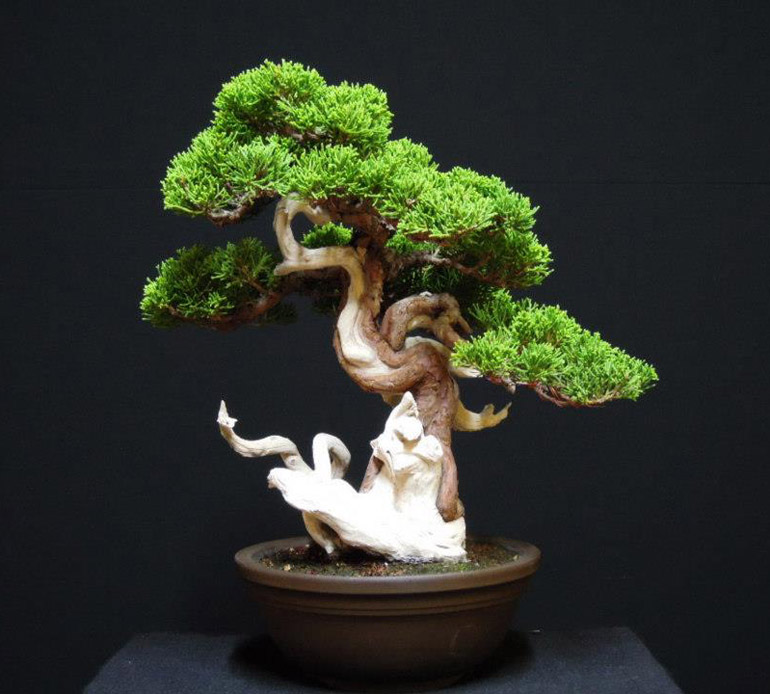 Isao Omachi identifies this Itoigawa shimpaku and notes that is 29cm (11.5"). The other trees in this post appear show-ready while this one has a freshly lime-sulfured, in-process look.
Isao Omachi identifies this Itoigawa shimpaku and notes that is 29cm (11.5"). The other trees in this post appear show-ready while this one has a freshly lime-sulfured, in-process look.
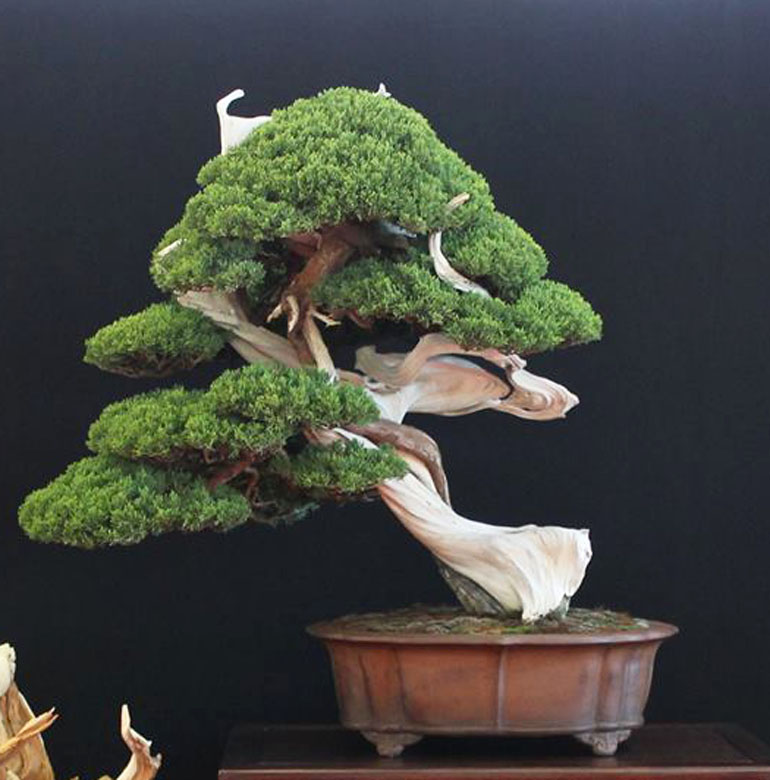
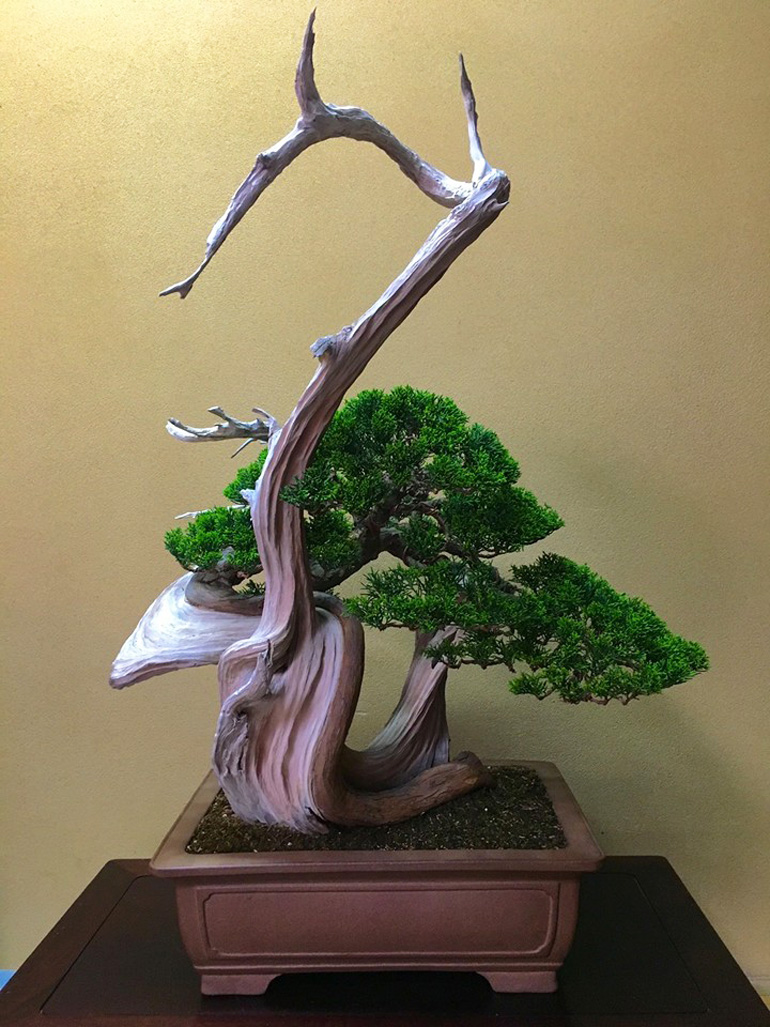 Sculpted swan with swooping lines. A work of abstract art. It's an Itoigawa juniper that belongs to Isao Omachi.
Sculpted swan with swooping lines. A work of abstract art. It's an Itoigawa juniper that belongs to Isao Omachi.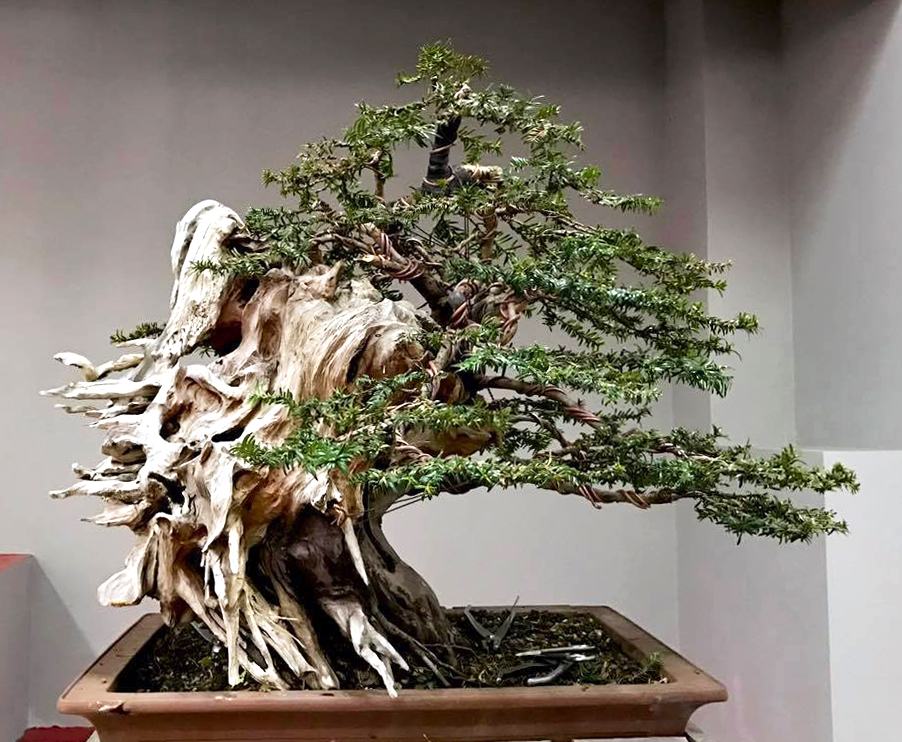
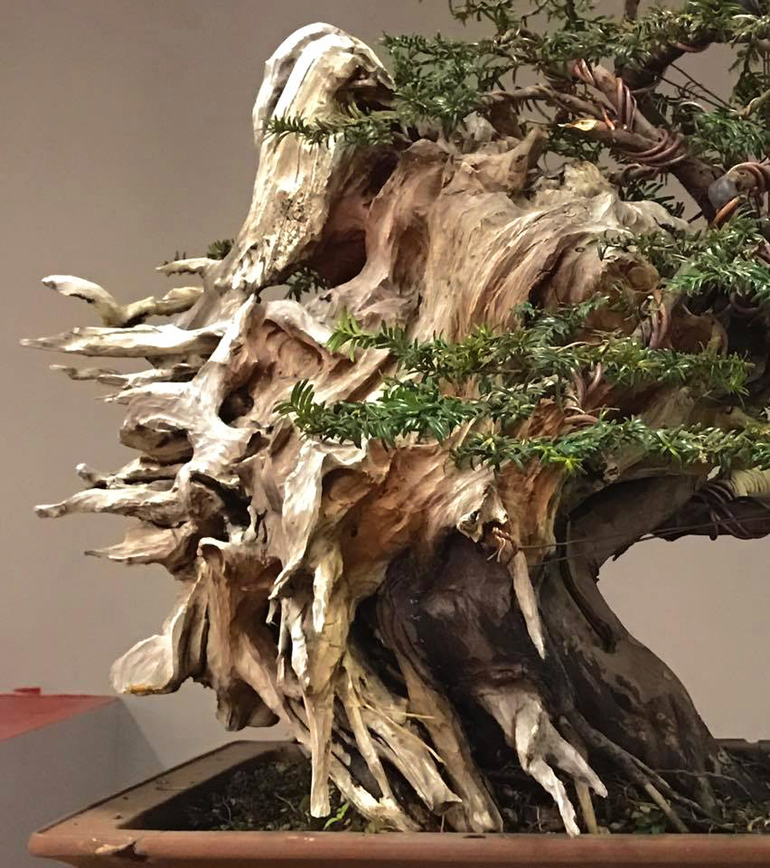

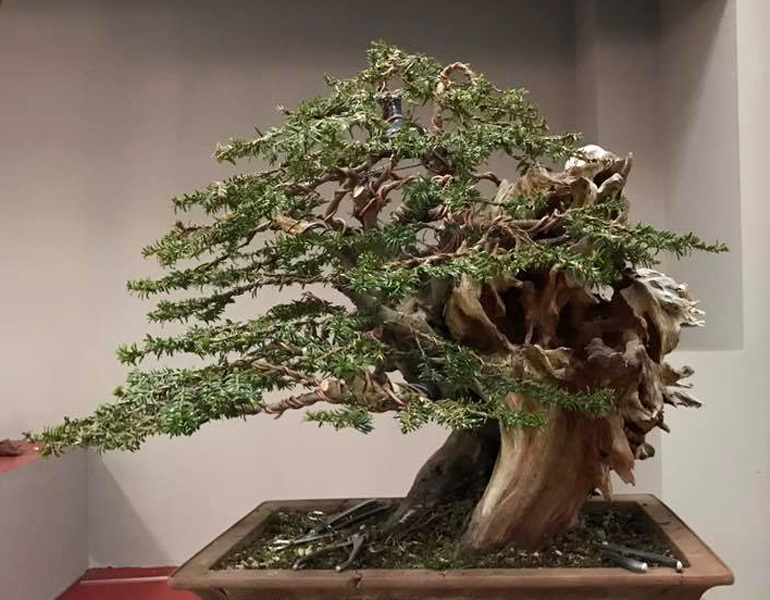 The other side...
The other side...